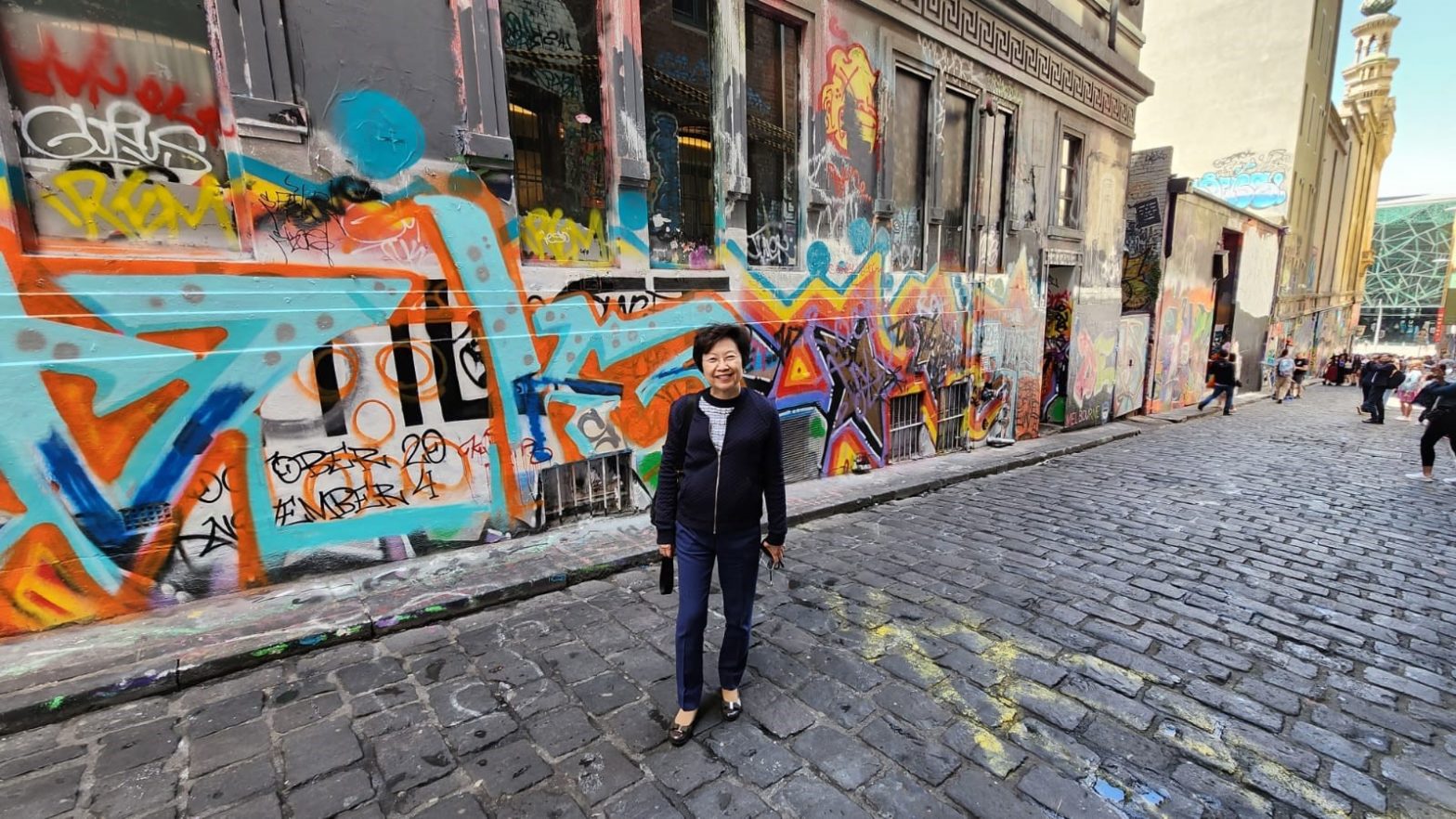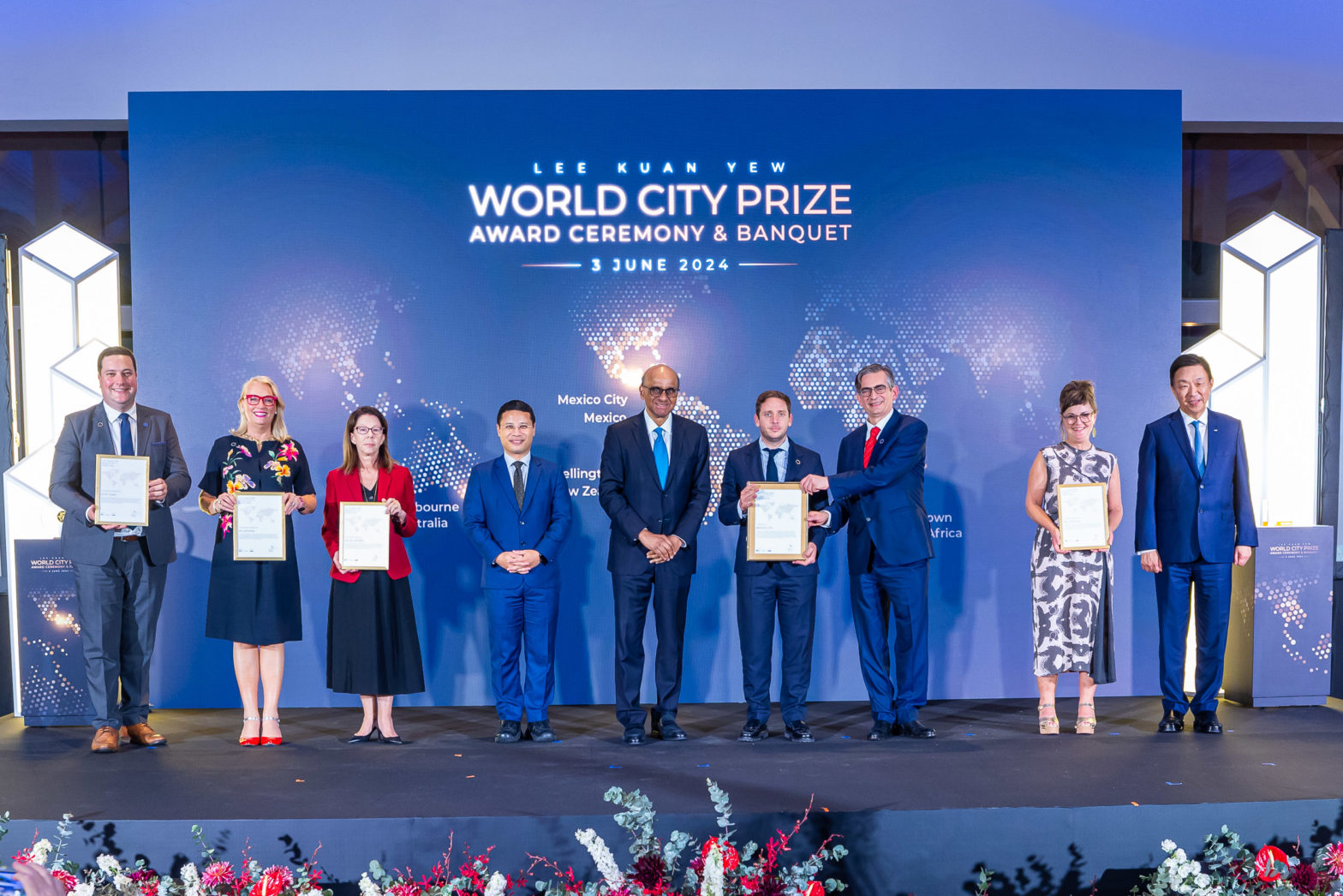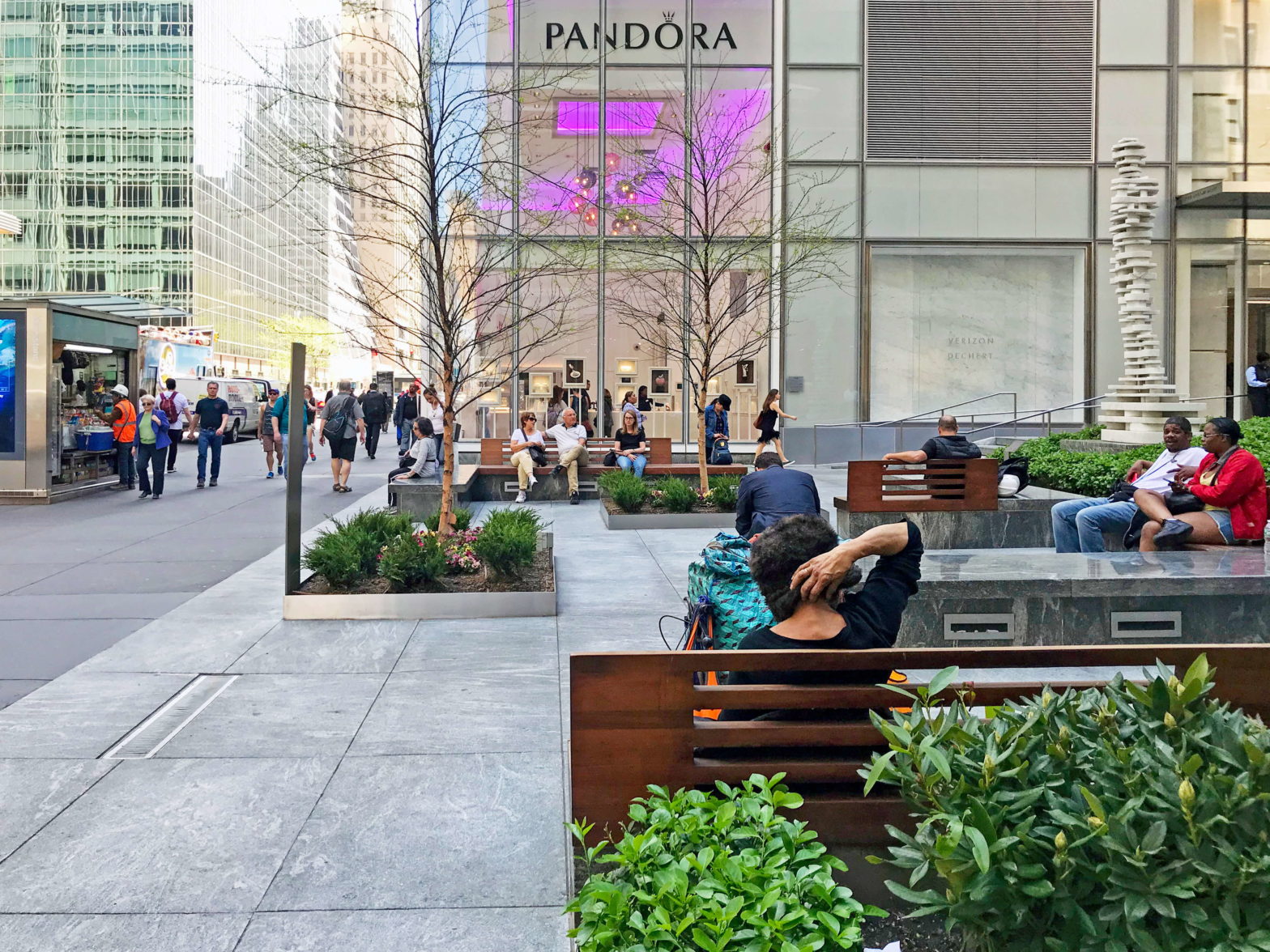
How NYC transformed public spaces into urban lifelines
15 April 2025
New York City has long been a leader in urban development, particularly in reimagining public spaces to enhance liveability.
Through a combination of policy incentives, private sector engagement, and community-driven design, the city has created nearly 600 privately owned public spaces (POPS) since the 1960s. These spaces have become essential extensions of work, leisure, and daily life, reshaping how residents and visitors experience the city.
Reinventing public space
Historically, New York has worked to balance dense urban growth with the need for accessible public areas. The city introduced zoning incentives allowing developers to increase building heights in exchange for plazas, arcades, and publicly accessible areas.
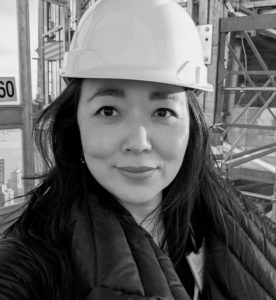
“Public spaces are critical to fostering community interaction, especially in a city as dense as New York,” says Edith Hsu-Chen, Director of the New York City Department of City Planning. “They serve as meeting points, social spaces, and even cultural hubs.”
She further explains that public spaces serve as “connective tissue” in the city’s urban fabric, linking neighbourhoods and giving residents places to gather outside of their homes or workplaces.
The power of policy and partnerships
Zoning regulations have been instrumental in shaping New York’s public spaces. The 1961 Zoning Resolution laid the foundation, but later reforms improved usability and inclusivity.
“We’ve learned that it’s not just about creating spaces but ensuring they are well-designed and actively used,” Hsu-Chen explains. “Our policies now prioritise seating, greenery, and programming that encourages people to stay and interact.”
One key change has been ensuring that these public spaces are accessible to all. In some cases, developers had created plazas that, while technically public, did little to invite people in. New regulations set clearer requirements for seating, shade, and pedestrian flow to ensure that POPS genuinely function as public amenities.
Collaboration between the city, private developers, and the community has been key to success. Business Improvement Districts (BIDs) and non-profits help maintain and activate these spaces.
“Public-private partnerships are essential in keeping these spaces vibrant,” Hsu-Chen notes. “Developers provide the infrastructure, but it’s the community that gives these spaces life. The best public spaces are those where people feel a sense of ownership and belonging. That’s why community engagement is so important in the planning and design process.”
Landmark transformations
One of the most notable projects was the pedestrianisation of Times Square, turning a congested street into a vibrant plaza. What was once a chaotic thoroughfare dominated by vehicles has now become a bustling pedestrian-friendly space with seating, performance areas, and increased safety for residents and tourists alike.
“The transformation of Times Square is a perfect example of how public space can be reclaimed for people. It wasn’t an easy decision at the time, but now it’s one of the most successful examples of pedestrianisation in the world,” she says.
Similarly, the High Line repurposed an old railway into a thriving linear park. This elevated park has not only become a cultural icon but has also spurred economic growth in the surrounding areas.
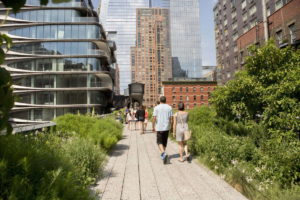
“The High Line’s success shows the power of adaptive reuse,” says Hsu-Chen. “It transformed an old piece of infrastructure into a space that attracts millions of visitors each year.”
Another key example is Little Island, a striking public park built on the remnants of a historic pier. The project was funded largely by a private donor but designed in collaboration with the city to ensure it serves a broad public audience. The park’s undulating design and open spaces have made it a favourite spot for both locals and visitors.
POPS, such as Zuccotti Park, showcase how incentivising private developers can lead to high-quality public areas.
“POPS are a great example of how we can integrate public spaces within private developments,” says Hsu-Chen. “But they need to be well-maintained and truly open to the public to be effective.”
Expanding public space in a changing city
Beyond large-scale transformations, smaller interventions are also making a difference. Initiatives like Open Streets, which close certain roads to traffic at designated times, have provided much-needed recreational space, since the COVID-19 pandemic.
“The pandemic forced us to think differently about how we use our streets and sidewalks,” she notes. “Open Streets showed us that even temporary measures can have lasting benefits.”
These smaller-scale efforts are particularly important in neighbourhoods that lack traditional park space. Placemaking efforts, such as parklets and street seating areas, have brought life to otherwise underutilised spaces, creating informal gathering spots throughout the city.
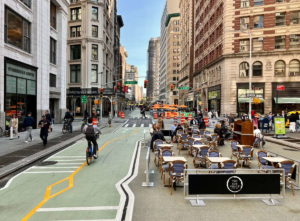
Challenges and future outlook
Despite its success, New York’s public space model has faced challenges, particularly around maintenance and equitable access. Some privately owned spaces have been criticised for restrictive policies that limit their use. To address this, the city has strengthened enforcement mechanisms and introduced new guidelines to ensure accessibility.
“Equity is at the heart of our urban planning,” Hsu-Chen emphasises. “We must ensure that all New Yorkers, regardless of their neighbourhood, have access to high-quality public spaces.”
Another challenge is long-term sustainability. Many public spaces rely on partnerships with private entities, raising questions about ongoing funding and stewardship.
“We need to ensure that the spaces we create today are maintained for future generations. That means sustainable funding mechanisms, strong governance structures, and continued community involvement,” she adds.
As climate change becomes an increasing concern, the city is looking at how public spaces can serve environmental goals. Parks and plazas are being designed with better stormwater management, heat mitigation, and resilient landscaping. Green infrastructure, such as rain gardens and permeable pavements, is being integrated into new projects to support sustainability efforts.
“The future of cities depends on how well we design spaces that bring people together,” says Hsu-Chen. “New York’s experience shows that with the right policies and collaboration, we can create public spaces that truly enhance urban life.”
Looking ahead, New York City continues to experiment with innovative approaches to public space. From new waterfront developments to expanded pedestrian zones, the city is prioritising liveability and inclusivity in its planning. As other cities look to replicate its successes, New York’s experience offers valuable lessons on the power of public space to shape urban life.
“Public spaces define the character of a city. They are where people meet, protest, celebrate, and unwind,” concludes Hsu-Chen. “In a rapidly changing world, investing in our public spaces is more important than ever.”
Main image: NYC Department of City Planning
—–
In recognition of its remarkable transformation, New York City was awarded the 2012 Lee Kuan Yew World City Prize for its successful reinvention and rejuvenation framed by PlaNYC—a holistic blueprint for a greater and greener city.
Applications for the Lee Kuan Yew World City Prize 2026 cycle are open for nominations until 31 May 2025. Follow the Prize’s LinkedIn page to get the latest city trends and ideas.



